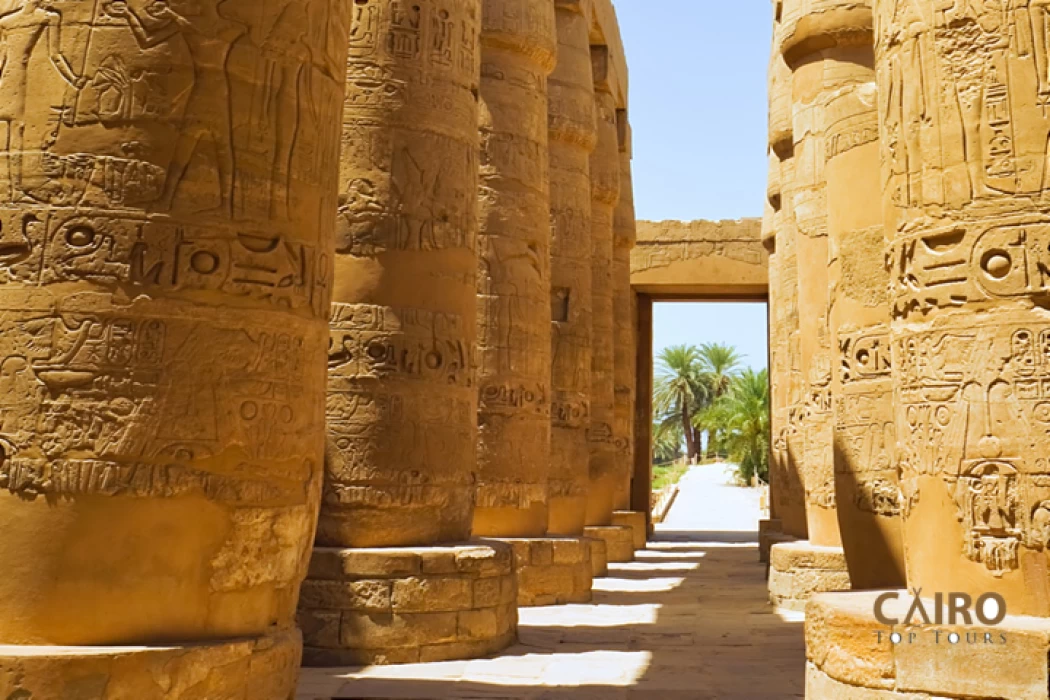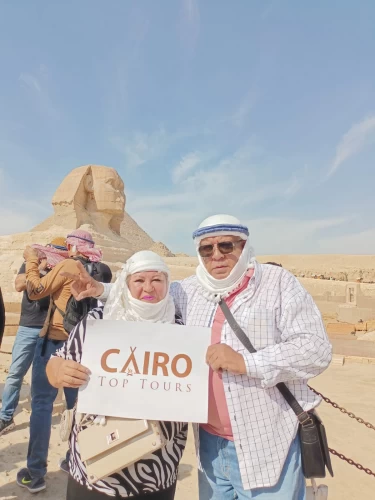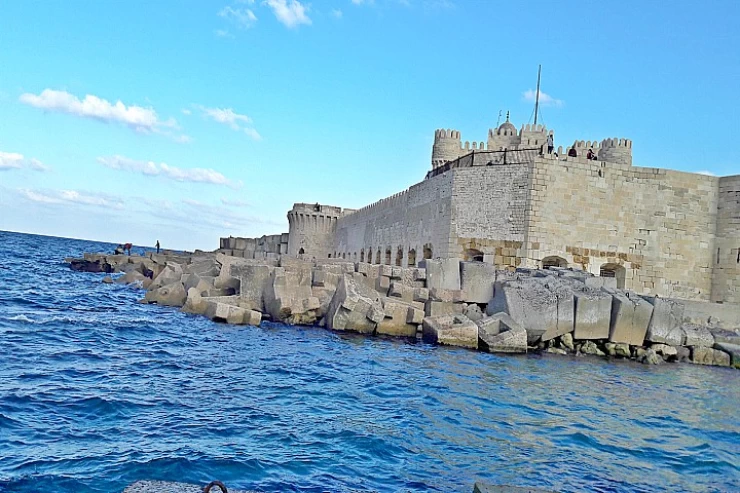
Karnak Temple | The Largest Egyptian Temple
The Karnak Temple Complex, located in Luxor, is without a doubt one of the most beautiful structures in Egypt, if not the entire world. This vast outdoor museum contains the epicenter of the ancient kingdom of Egypt’s new era and indicates the level of influence and power endowed to the city of Luxor, which was Thebes, in the past. Several structures have come to be known as Karnak. They were constructed, altered, and improved for almost one and a half millennia by different kings, priests, and even some interlopers. Nowadays it is a historical monument and one of the most visited places in every country of the world, thanks to the deep past it offers within this bursting out of wonder—the temple complex.
Karnak Temple Complex Layout
The Karnak temple complex contains four major parts, and one of them is open to the public: the Precinct of Amun-Ra. This region comprises the large and most important section of the temple, where some of the well-known sites in Karnak are located. The remaining three sections'—the little temples of Mut, Montu, and Akhenaten (Amenhotep IV)—have been restricted to the tourists to keep their mysteries and holiness safe. Other smaller chapels and temples link the main area of Amun Ra to shut precincts, creating an extensive network of sacred zones.
The temple complex is primarily dedicated to Amun-Ra, the chief deity worshipped during the New Kingdom period, and illustrates the respect and admiration that the ancient Egyptians showed towards gods. Upon entering Karnak, one finds a succession of great pylons, gateways, shrines, and obelisks for almost two miles along the bank of the Nile. Every brick, every column, and every carving has its history, composing together a tremendous “library in stone” of the History of Ancient Egypt.
Why is the Karnak Temple so famous?
The temple of Karnak is known for its size, importance, and elaborate carvings. More than a mere structure, this temple was the nucleus of religion and politics in Egypt during the New Kingdom, more so when Thebes was the power hub. Noteworthy is the fact that Karnak Temple is the largest of all the ancient so-called religious complexes and is rivaled only by Angkor Wat located in Cambodia for historical significance. The history of the temple and its position within the religion gave rise to constant building up by countless dynasties; each of them wanted to add their part to the temple’s history. Such architectural undertakings over the decades led to the creation of a complex that is simply out of this world in terms of architecture and art, making even an Ancient Egyptian proud.
Key Features of the Karnak Temple
One of the most iconic portions of the temple complex is the Great Hypostyle Hall, a vast hall filled with 134 massive columns that were crowned with an extensive roof. These tall columns measuring up to about 70 feet in height, painted with hieroglyphs, and cut with inscriptions repeating the saga of Egypt are a thing of beauty by any standards. The hall of Columns is an engineering wonder, and it is still one of the greatest existing structures of ancient times, standing for the supremacy of the great nation of ancient Egypt.
The New Kingdom rulers like Hatshepsut, Ramses II, and Thutmose III are on the list of many contributions to Karnak. Hatshepsut, being among the very few female pharaohs, commissioned her beautiful red chapel, which is still breathtaking with its delicate craftsmanship and bright colors. Of all his building endeavors, Ramses II is also largely known for the erecting of statues and inscriptions of himself to the god Amun. Later on, during the Greco-Roman period, conquesting kings such as Alexander built temples and alters and expanded the existing ones in the names of gods worshipped in Karnak.
Karnak Temple’s Historical Significance
The grandeur of Karnak Temple isn’t the only thing that makes it worth talking about. The temple was not only considered a place of worship but also the seat of political power and administration of the country of Egypt. Pharaohs and high priests were in charge of the state by carrying out the court within the walls of the Karnak Temple, giving credence to the fact that the religion of Egypt was centered and practiced at the very top government levels. Its walls and other monuments over the years have captured the history of the Egyptians for several centuries, making the walls and structures helpful to historians and archaeologists. The drawings provide a window into ancient Egypt’s system of beliefs, practices, and policies, as well as their interactions with foreign countries, making Karnak a wide source of ancient world information.
Visiting Karnak Today
Reasoning out today doesn't seem like a hard task why Karak comes third in tourist attractions in Egypt below the Giza Pyramids. The temple’s scale, feel, and history make it worth a visit for any person who loves ancient nations. Karnak Temple has become a notable center on River Nile tours, most of which terminate in Luxor, where tourists are guided to the most fascinating sites, which are the Karnak Temple, Luxor Temple, and Valley of the Kings.
At a certain hour chosen each night, a sound and light show is conducted at the Karnak temple. In this show, bright lights and laser Van projections are used to highlight the temple structures, columns, walls, or even statues. The sound show is made available in several foreign languages and informs the guests about pharaohs, their deities, and the wonders of ancient Egypt. For the visitors of Karnak, such an impressive accrual is an expectation and even more than that, it encourages the love of the Egyptian way of life.
Discovering Hidden Gems: The Red Chapel of Hatshepsut
A Karnak temple visit should also include a trip to the Red Chapel of Hatshepsut, a fascinating structure that has been well-maintained and reflects the rich history of artistry and symbolism in Egypt. Hatshepsut built this chapel as a bark shrine for Amun the god and was particularly used for religious ceremonies. The red quartzite walls have relief sculptures and painted hieroglyphics on the walls of the women who ruled the earth and various other rituals. The Red Chapel is a fine piece of ancient Egyptian art and architecture and is a highlight for every New Kingdom history buff and culture lover.
The Builders of Karnak
The issue of who first constructed the Karnak temple is complicated because many generations were involved in the building activity. Nonetheless, the achievements of some pharaohs stand out in particular. Worthy builders include Thutmose III, Hatshepsut, Ramses II, Amenhotep III, and Akhenaten, whose temples, statues, and inscriptions all bear their traces. Each ruler’s contribution to Karnak was a means of paying respect to the gods, preserving their name for eternity, and showing power to the people and the superior being. The architectural differences in the sizes and types, as well as inscriptions over the different buildings in Karnak, demonstrate that Egypt’s ancient history was vibrant and progressive.
A Journey Through Time at Karnak Temple
The Karnak Temple Complex is more than a relic from centuries ago. It’s all about understanding more than the history of Egypt, but rather sauntering to the ancient civilization called Egypt. Its towering halls, massive idols, and holy altars all combine to give the viewers the sense of awe experienced in the pharaohs as well as the dedication that was put into constructing the site. Whether discovering its vast columns, appreciating its engravings, or watching the Sound and Light Show, a tour of Karnak Temple will be a memorable experience.
Therefore, if you are planning a holiday in Egypt, ensure that you include a visit to Karnak Temple in your program. Whether traveling on a Nile cruise or a day trip to Luxor, A close-up of Karnak will be experienced within its awe and intrigues of ancient Egypt. Before the tranquil ruins of Karnak, you will realize why this place is regarded as one of the historical assets treasured in the entire world.


















